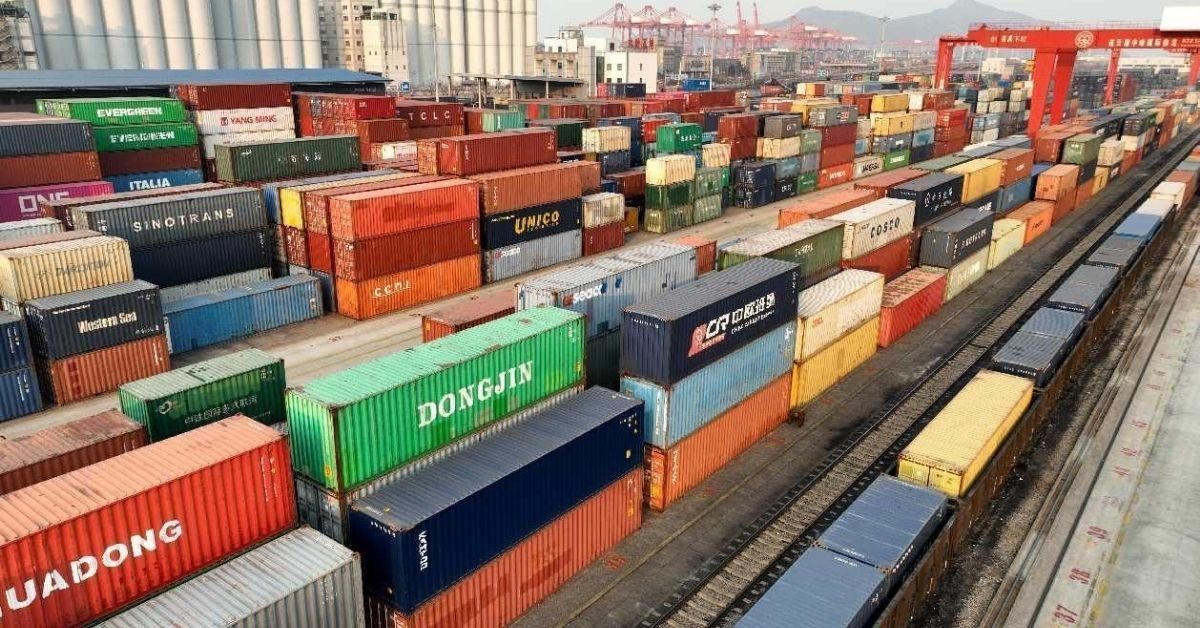Indo-Russian trade is growing drastically as India’s engagement with Russia’s Arctic region has been strengthening with India-bound goods constituting the maximum share of cargo handled this year by Murmansk Port, located about 2,000 km northwest of Moscow.
In the first seven months of 2023, Murmansk port, the main northern gateway of Russia and a transshipment hub, handled eight million tonnes of cargo. Of this, India accounted for 35% of cargo.
“Mostly, it is coal,” Andrey Andreevich Dotsenko, Deputy Director – Commercial Director of the JSC Murmansk Sea Commercial Port, told. Coal was bound for the eastern coast of India. Turkey and China were among other countries served by the Murmansk port with the former’s share being 34% and the latter’s, 13%.
India was also getting involved in the Northern Sea Route (NSR), which is the shortest shipping route connecting the western part of Eurasia and the Asia-Pacific region. “The record supplies of energy resources for the Indian economy are possible due to such a reliable and safe transport artery as the NSR,” Rosatom State Nuclear Energy Corporation said.
But there are challenges in navigating the 5,600-km-long NSR. The route includes the seas of the Arctic Ocean which remain icebound during most parts of the year.
Asked whether NSR was being promoted as an alternative to the Suez Canal, Leonid Aleksandrovich Irlitsa, Director General of FSUE Atomflot, answered that it would reduce the gap between Europe and countries in the Asia-Pacific region.
To give an illustration about the distance that the NSR could bridge, the route from Murmansk to Yokohama in Japan across the Arctic Ocean, including the NSR, is about 6,000 nautical miles (NM). Alternatively, the distance via the traditional shipping routes is about 13,000 NM. Rosatom is of the view that with the efficiency and safety of navigation along the NSR, the carbon footprint of maritime transport can be reduced not only due to the shorter shipping route but also due to the operation of nuclear-powered icebreakers and lighter carriers. In 2022, NSR’s cargo traffic was approximately 34 million tonnes, two million tonnes higher than the target. It was barely 3.87 million tonnes in 2012.








